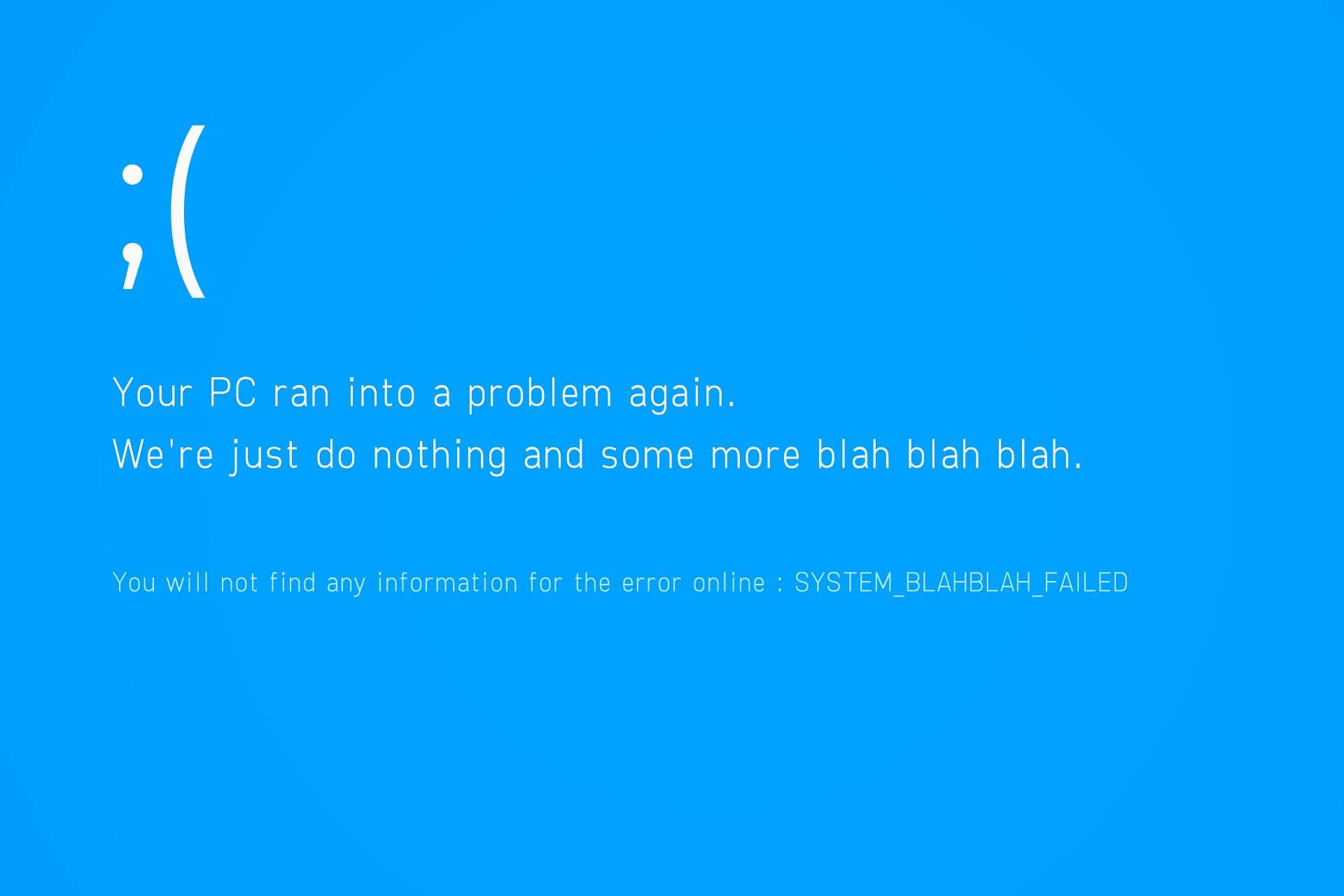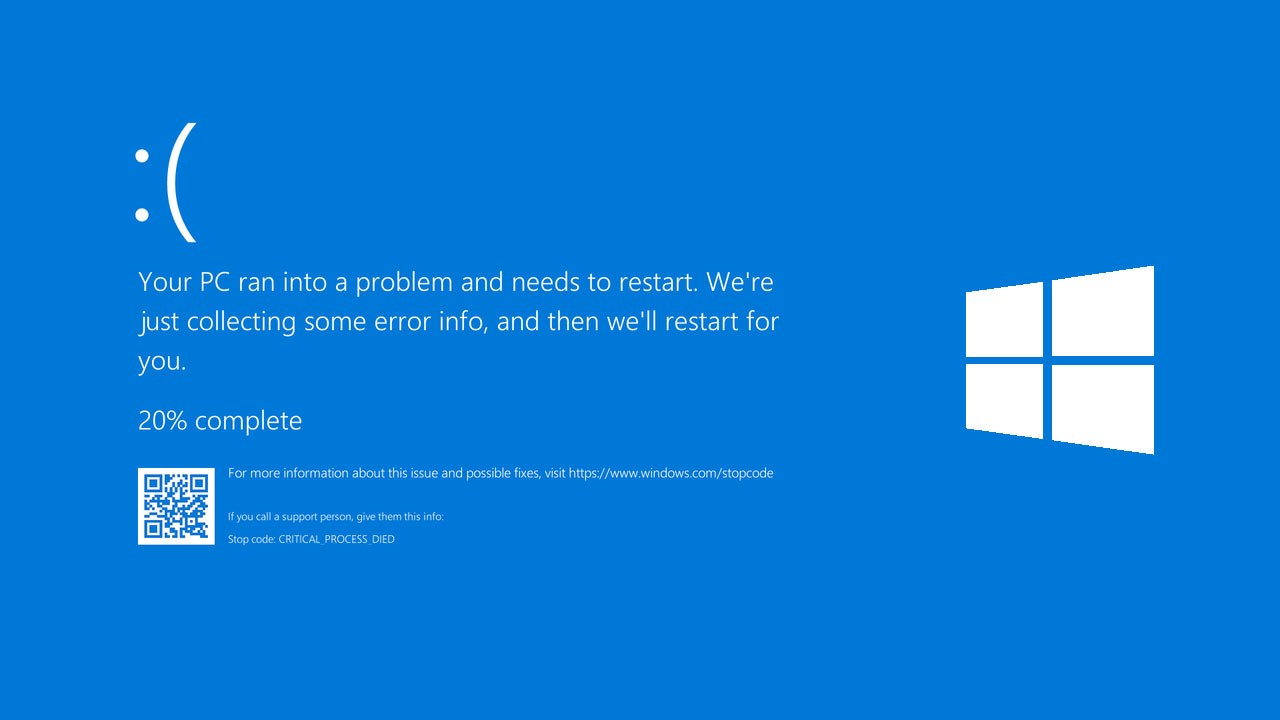
“So we don't have to cast a wide net to catch every hypothetical type of noise.” “We actually understand quite well the main source of noise in these systems,” Layden says. This noise source can be accurately modeled, and suppressing its effects could have a major impact, as other sources of noise are relatively insignificant. These defects behave like single, isolated electrons, and their presence enables the control of the nearby carbon nuclei.īut the team found that the overwhelming majority of the noise affecting these nuclei came from one single source: random fluctuations in the nearby defects themselves. The quantum system they’re working with consists of carbon nuclei near a particular kind of defect in a diamond crystal called a nitrogen vacancy center. And this is a nonstarter right now because we have fairly small systems we just don’t have the resources to do particularly useful quantum error correction in the usual way.” So instead, the researchers found a way to target the error correction very narrowly at the specific kinds of noise that were most prevalent. The same essential principle could be applied to adding redundancy in quantum bits, or “qubits.” But, Layden says, “If I want to have a high degree of protection, I need to devote a large part of my system to doing these sorts of checks. The more copies of each bit get sent, the more effective the error correction can be. Then, if the three bits don’t match, that shows there was an error.

For example, in a communication system subject to noise, instead of sending a single bit (1 or 0), one might send three copies of each (111 or 000). “What's really tricky about quantum systems is that when you look at them, you tend to collapse them,” he says.Ĭlassical error correction schemes are based on redundancy. So, while one can detect that a classical system is drifting and apply a correction to nudge it back, things are more complicated in the quantum world. Noise, meaning unwanted disturbance of any kind, is especially vexing because many quantum systems are inherently highly sensitive, a feature underlying some of their potential applications.Īnd there’s another issue, Layden says, which is that quantum systems are affected by any observation. “The main issues we now face in developing quantum technologies are that current systems are small and noisy,” says Layden. The analysis is described in the journal Physical Review Letters, in a paper by MIT graduate student David Layden, postdoc Mo Chen, and professor of nuclear science and engineering Paola Cappellaro.

The method involves fine-tuning the system to address the kinds of noise that are the most likely, rather than casting a broad net to try to catch all possible sources of disturbance.


BIG WIN QUANTUM ERROR ALL HOW TO
But these technologies still face several challenges, and one of the most significant is how to deal with “noise” - random fluctuations that can eradicate the data stored in such devices.Ī new approach developed by researchers at MIT could provide a significant step forward in quantum error correction. Labs around the world are racing to develop new computing and sensing devices that operate on the principles of quantum mechanics and could offer dramatic advantages over their classical counterparts.


 0 kommentar(er)
0 kommentar(er)
